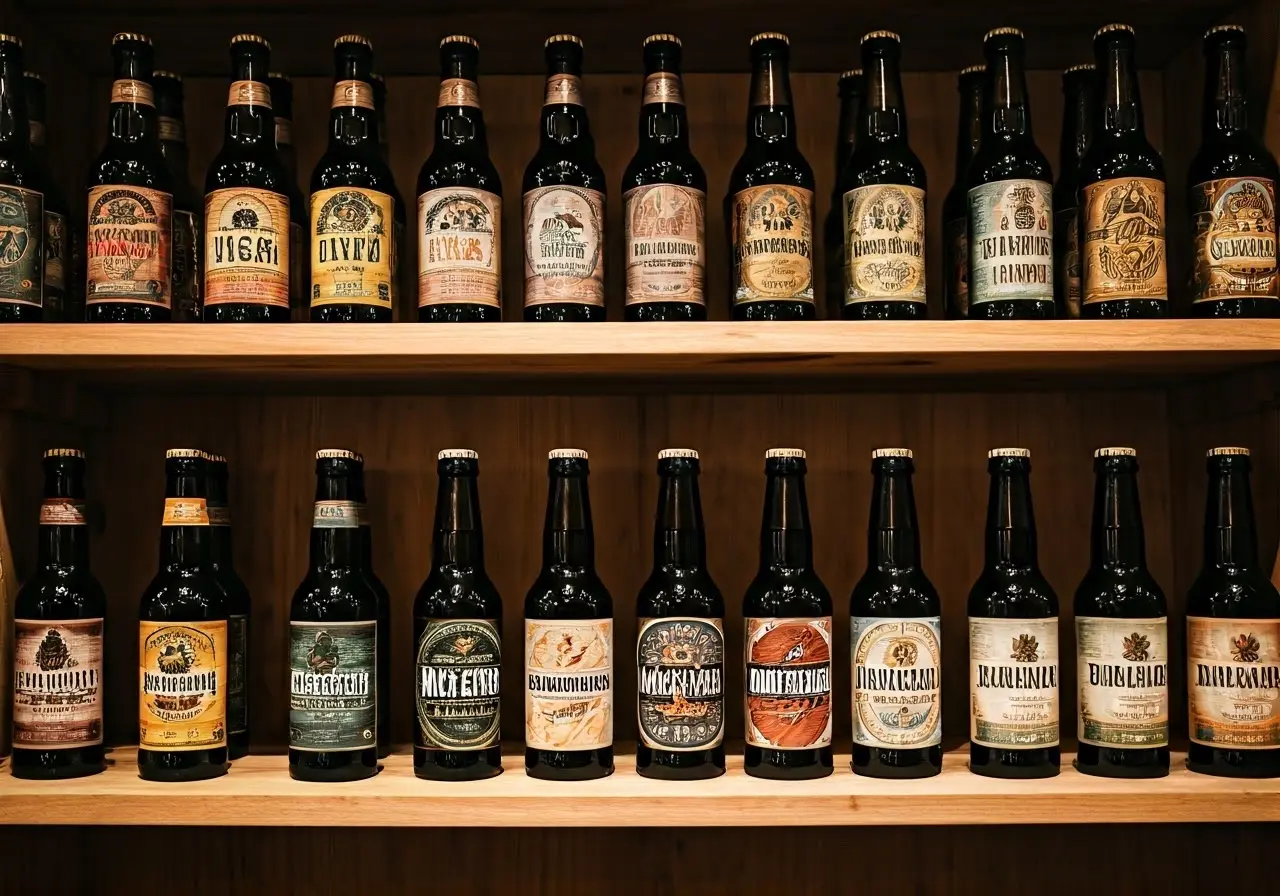In recent years, the world of beer has been revolutionized by a growing trend that combines creativity, craftsmanship, and tradition. Artisanal beer has become a favorite among beer enthusiasts and casual drinkers alike, offering a unique and flavorful experience unlike conventional brews. In this blog, we’ll explore the rise of artisanal beer, its roots in tradition, and how it continues to captivate the palates of many.
Understanding the Artisanal Beer Movement
Artisanal beer, also known as craft beer, is defined by its focus on quality ingredients, small-scale production, and innovative flavors. This movement started as a response to the homogeneity of mass-produced beers that dominated the market during the late 20th century. It emerged from a growing desire among brewers and consumers for beer that not only tastes great but also tells a story. Small independent breweries began to flourish, driven by passionate individuals who took brewing back to its roots with an emphasis on quality over quantity. These brewers were not content with just following recipes; they sought to push the boundaries of what beer could be. By utilizing locally sourced ingredients and experimenting with traditional brewing techniques, they were able to create beers that stood out for their distinctiveness and character. The rise of beer festivals and competitions around the world has also fueled the movement, providing platforms for artisanal brewers to showcase their creations and gain a wider audience.
The Appeal of Tradition Meets Innovation
One of the most compelling aspects of artisanal beer is its ability to balance tradition with innovation. Brewers often draw on ancient brewing techniques while experimenting with new ingredients and methods, creating a vast array of beer styles that cater to diverse tastes. This fusion of old and new allows for a creative renaissance in brewing, where the heritage of beer is both honored and reimagined. For example, brewers may utilize wild yeast strains to recreate ancient fermentation processes or incorporate modern flavors like fruit and spices to add layers of complexity. This intersection of tradition and innovation can be seen in the emergence of new styles like the New England IPA, which combines hazy beer with intense tropical fruit aromas. Similarly, the sour beer category has seen a revival, with brewers experimenting with various aging techniques to create tart and refreshing beverages. This dynamic movement not only attracts traditional beer lovers but also draws in new audiences who may not have considered themselves beer enthusiasts before.
Exploring the Flavor Spectrum
Artisanal beers offer a rich tapestry of flavors, from the bright and hoppy to the rich and malty. By utilizing unique ingredients and personalized brewing processes, brewers craft beers that can be sweet, sour, bitter, or a harmonious blend of all three. The use of unusual ingredients like coffee, chocolate, and peppers add an extra dimension to the flavor profile and demonstrate the limitless potential for creativity in brewing. At the heart of this exploration is a commitment to crafting beverages that surprise and delight the palate. Hops, barley, and malt are meticulously selected to blend into unexpected symphonies of taste. Additionally, the rise of barrel-aged beers introduces deep, nuanced flavors, reminiscent of wine or spirits, providing a crossover appeal to connoisseurs of other beverages. This wide spectrum of flavors ensures that there is an artisanal beer to suit every preference, allowing consumers to embark on a flavorful journey with each sip.
Impact on Local and Global Beer Cultures
As the artisanal beer movement has grown, its influence has extended beyond local communities to impact global beer culture. Craft breweries have become important cultural hubs, often serving as gathering places for locals and tourists alike, providing a sense of community and belonging. Their emphasis on locally sourced ingredients supports regional economies and highlights the unique terroir of each locale. On a global scale, the sharing of brewing knowledge and techniques has fostered a more inclusive and collaborative industry. This international exchange is fueled by events such as beer festivals and collaborations between brewers from different parts of the world, resulting in exciting new flavors and styles. Additionally, the artisanal beer movement has inspired major breweries to re-examine their approaches, often leading them to produce their craft-focused lines. Such a blend of local impact and global reach underscores the significant role artisanal brewing plays in shaping contemporary beer culture.
The Future of Artisanal Beer
Looking ahead, the future of artisanal beer seems bright, with continued opportunities for growth and creativity. As consumers become more educated and adventurous, the demand for unique and high-quality beers is likely to persist, driving further innovation in the industry. Many brewers are embracing sustainability, using eco-friendly practices in production which align with the growing consumer awareness of environmental issues. Additionally, technology plays an increasingly critical role, with advancements in brewing equipment and ingredients allowing for even greater experimentation and precision. The rise of digital platforms enables breweries to connect with their customers directly, fostering community and transparency. This evolving landscape suggests a dynamic future where artisanal beer not only thrives but also sets new trends and defines the beverage narrative for future generations.
Raising a Glass to Artisanal Innovation
Artisanal beer offers a delightful departure from mass-produced options, embracing tradition while continually inspiring creativity and innovation. Its rise in popularity reflects a broader desire for quality, authenticity, and a truly unique drinking experience. As more people discover the joys of artisanal beer, this refreshing twist on tradition seems set to become an enduring part of the beverage landscape.

